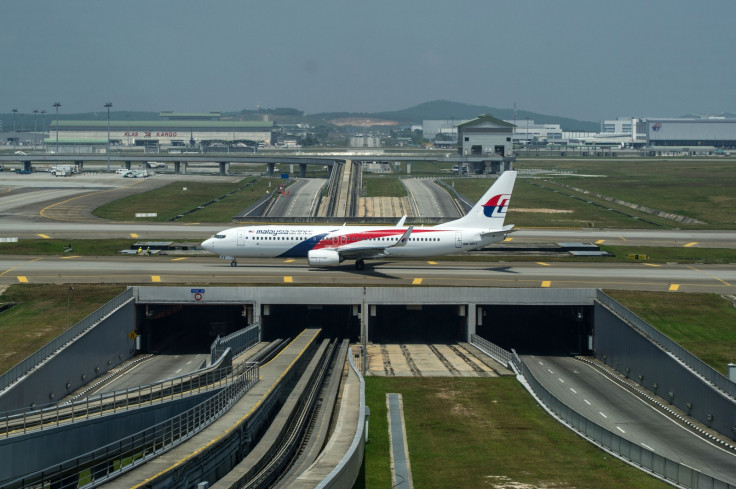Malaysia Airlines MH370: Seabed Search Spots Unidentified 'Hard Objects' Six Months After Aircraft Disappeared

Investigators mapping the Indian Ocean floor in search of missing Malaysia Airlines flight MH370 have uncovered "hard objects" that appear to be inconsistent with their surroundings.
Six months since the airliner vanished on route from Kuala Lumpur to Beijing, the most expensive search in aviation history has so far failed to recover any wreckage, but experts may have discovered the aircraft's location after studying radar and satellite data.
Martin Dolan, chief commissioner of the Australian Transport Safety Bureau, said fresh surveys of the ocean floor had revealed interesting findings, including the unidentified objects. He warned that there are no guarantees that the finding will be plane wreckage.
Speaking to The Times, Dolan said the objects, found using satellite-tracking data and flight-simulation analysis, could be rock formations.
"There is nothing that has screamed out and said 'I look like an aircraft'," he said. "It's still a hell of an area. The area is horribly, horribly complicated."
"The complexities surrounding the search cannot be understated. It involves vast areas of the Indian Ocean with only limited known data and aircraft flight information."
New analysis of satellite data has narrowed the area in which the aircraft might have ended flight to a 60,000 square kilometre strip in the Indian Ocean, approximately 650km long and 93km wide. It is situated around 1,800km off the coast of Western Australia.
Dolan said that while it is highly difficult to determine with certainty where the aircraft may have entered the water, "all available data indicates a highly probably search area close to a long but narrow arc of the southern Indian Ocean".
"The best minds from around the world have been reviewing, refining and localising the most likely area where the aircraft entered the water, which is why we remain confident of finding the aircraft," he added.
A detailed survey of the seabed in the area has revealed contours of the ocean floor, revealing two volcanoes. Contour mapping will be used to launch a more intensive search, using sophisticated sonar devices known as "towfish".
The news comes as Australian Deputy Prime Minister Warren Truss revealed that MH370 "may have turned south" earlier than previously thought, following new analysis of an attempt to call the plane by satellite phone.
Malaysia Airlines MH370 disappeared with 239 passengers on board on 8 March. Last month, the Australian government announced the Dutch company Fugro had been awarded a contract to search the seabed for wreckage. The operation will begin next month and is expected to cost around £29m.
© Copyright IBTimes 2025. All rights reserved.






















